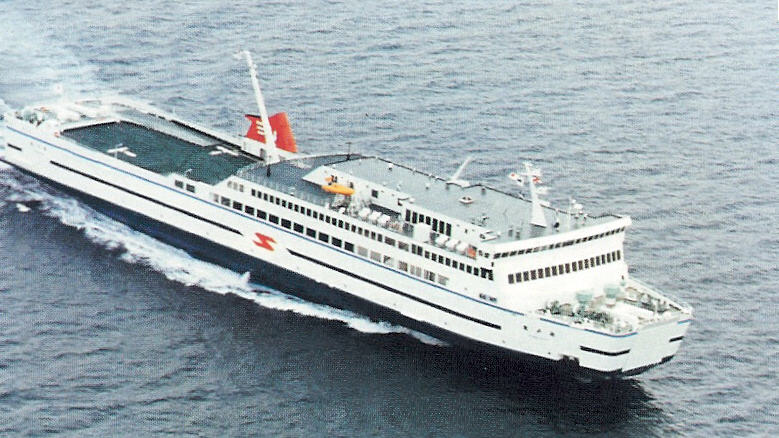High-speed ferry falls under a special category of seagoing vessels, including catamarans, hydrofoils and hovercraft. The construction, cooperation and maintenance of the commercial high-speed vessel usually have same statutory laws to that of administering other merchant shipping.
However, due to the particular issues related to their travelling speed, there are substitution and addition in regulations that look after the operational aspects of these vessels, where they carry passenger, cargo or both.
This write-up discusses the construction and maintenance standards, operational code of conduct and addresses certain matters related to high-speed ferries.
International Code of Safety for High-Speed Vessels
The International code of safety for fast ferries was created by the International Maritime Organization. IMO is the specialized agency of United Nation, accountable for improving safety at the sea and reducing pollution. The organization prepares most of the rules, regulations and standards related to the operation of passenger ferries and cargo vessels when sailing for international voyages.
The International Maritime Organization’s SOLAS Convention (Safety of Life at Sea) introduced a new chapter that came into action in the year 1996. The code was made mandatory for all high-speed vessels that were built on or after January 1st from the same year. The code is updated regularly to provide info on the latest technological developments related to high speed craft.
The UK maritime law has included this code of late through the Merchant Shipping (High Speed Craft) Regulations 2004.
Structural and Construction Considerations
There are detailed standards that have to be met while constructing fast ferries. All the high speed vessels for sale meet these construction criteria established by the International Code of Safety. These take into account:
- Accommodation for crew and passenger
- Considerations for the structure
- Steering and stabilisation
- Equipments and gears for safety and emergency
- Principles of propulsion and machinery
- Navigational equipments, radio and electrical tools
Based on these standards, ship surveys are executed and operational certificates are also issued. Several high-speed vessels faced control issues at the time of sailing across the sea, which instigated the Maritime and Coast Agency to conduct surveys and research to deal with this issue.
Get best deals on fast ferries for sale, which includes a fresh list of mono hull vessels and high-speed catamarans.
Operational Code of Conduct and Maintenance Standards
An extensive guidelines and instruction on maintenance of the vessel, which includes precautionary measures like routine maintenance, preventive inspection and modification has been mentioned in the International Code of Safety.
The code also comprises processes for reporting and recording maintenance. If vessel owners fail to follow correct procedures for maintenance, he or she would have to face legal consequences. Therefore, maintenance is of great importance when it comes to routine inspections of the vessels.
One can also get elaborate instructions to operate high-speed vessels correctly. This includes documentation, emergency instructions, safety measures and training.
There are added instructions for cargo and passenger ferries, especially for emergency procedures and training.


